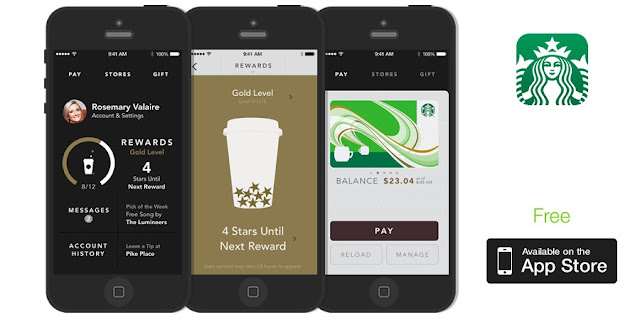Reflective Report No. 3
In the past decade of my journey working at a bank in Laos, my expertise has centered around customer service and implementing pragmatic solutions in the digital banking realm. While I have accumulated experience working with fintech products, my comprehension of the intricate digital platform landscape was somewhat restricted until I embarked on my recent academic journey.
 |
| BCELOne - The mobile banking app from BCEL bank that I work for |
During week 4 of my studies, I explored the concept of “critical Mass”, which signifies the point where a digital platform attains enough users to sustain itself and become highly valuable. I realized that user numbers are not just mere statistics; they function as a dynamic catalyst for substantive advantages. With increasing user engagement, a “network effect” is triggered, leading to the generation of invaluable data crucial for enhancing platform services.
This newfound insight precisely aligned with a business model I had developed during the COVID-19 pandemic. During this period, the number of users significantly increased due to social distancing restrictions, presenting an opportunity to raise the value of our platform. Among the features I proposed were a digital lending platform, which allows SME customers to apply for loans via the mobile banking app, and an e-marketplace, which offers our app users additional channels to generate income through a free e-commerce platform. These ideas garnered approval from my bank's CEO, with the former idea already in progress and the latter scheduled for implementation upon my return to work next year.
 |
| A user interface for a digital lending platform (the project I proposed) |
However, as our user-base expands, prioritizing security becomes paramount. This is particularly crucial in my country, where many individuals lack familiarity with digital technology and have limited understanding of its operations. The concept of “information asymmetry” becomes pivotal in this scenario, where one party, in this case, the bank, possesses more information than the other party, the customer. In the context of digital banking, it means the bank has a more comprehensive understanding of digital security and potential threats.
Drawing lessons from our past cyberthreat incident, where some users accused the bank of stealing passwords and accessing their mobile banking apps to transfer money, despite the transfer being made by a third-party who knew the victim's password due to a lack of data privacy awareness. We can clearly see the implications of “adverse selection”, which occurs when one party in a transaction has more information than the other and uses it to their advantage. In this case, users, unaware of proper security practices, unknowingly became victims of fraudulent activities, leading to mistrust and concerns about the safety of their digital transactions.
Consequently, emphasizing transparency and building trust is essential to address this challenge. Determining the most effective course of action to minimize cyberthreats and ensure the confidence of platform users is among the main challenges I must overcome upon my return to work. By integrating the insight obtained, I believe that our platform no longer just serves as a digital banking platform but rather a trusted financial companion, which will deliver unparalleled value to our users and solidify our position as industry leaders.



Comments
Post a Comment